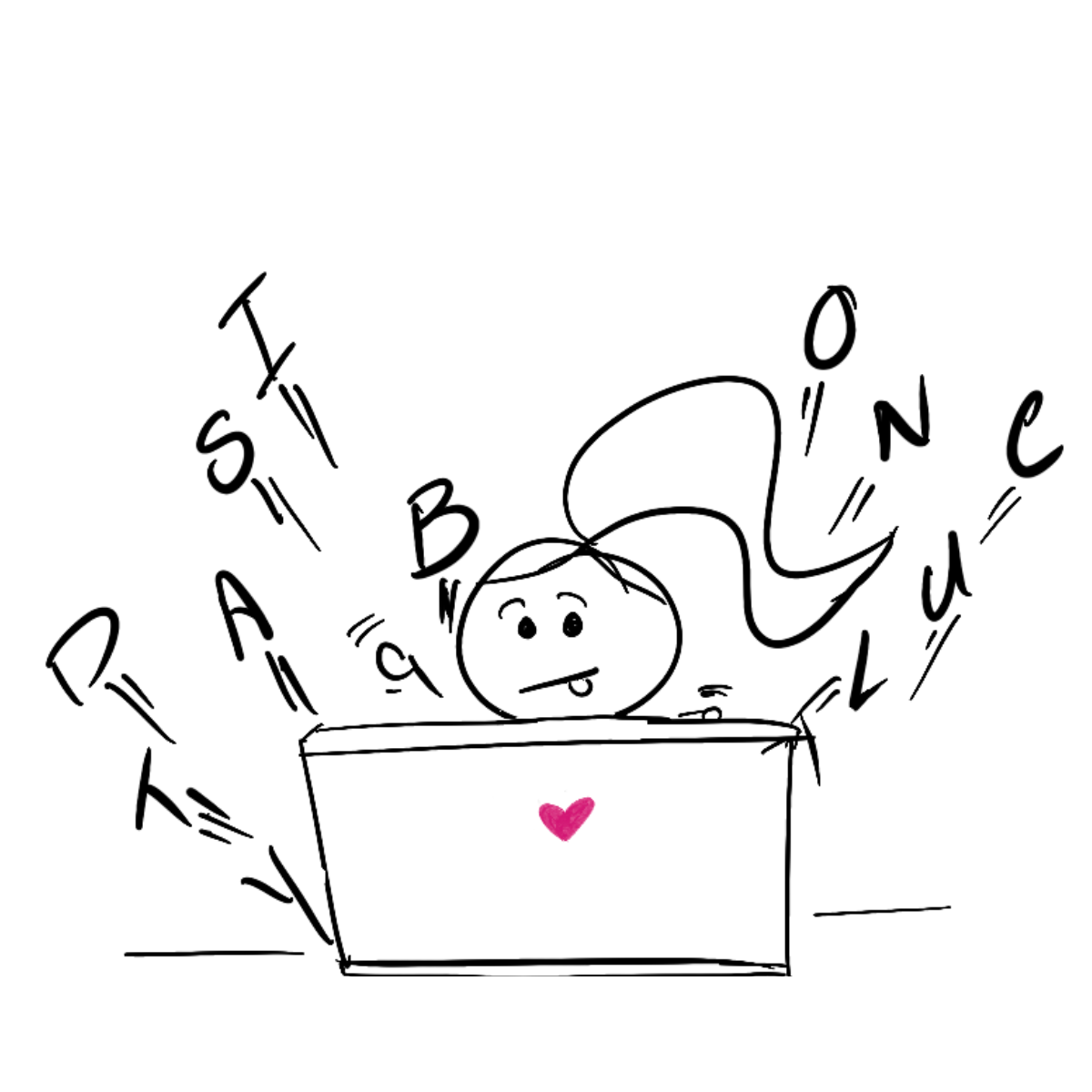3 Simple Ways I Learned to Connect With My Neurodiverse Child

With a deep sigh, I entered the bedroom. Another Monday. Another explosive morning to survive.
Because the truth is, I’m afraid of kids with earsplitting voices and disarming energy.
While sipping my coffee, I skimmed through my notebook... the best parenting strategies scribbled down like a lifeline.
But guess what?
Nothing felt right.
I didn’t want to be the hysterical adult yelling through a closed door. I didn’t want to rely on harsh discipline or power struggles.
I wanted to empower my son, touch him with my words, and spark belief in himself.
So how could I create a smooth, connected morning and make our home the desert water hole my neurodiverse son craved?
Here are 3 empathy-based strategies that truly transformed our bond and helped me connect with my neurodiverse son.
1. Embrace an empathy-based mindset
I get it.
From navigating explosive behaviour to battling the worry and judgment of others, and the itty bitty from systems around us, embracing empathy can feel like the tip of the iceberg.
But the truth is, neurodiverse kids are often misjudged and mishandled.
For example, my son, AuADHD, struggles with sensory input and says, "It's hard to listen when you hear everything at once."
Those words sank deep into my heart.
So, what's the answer?
I try to remember that behind every meltdown, refusal, or shutdown is a need that hasn’t been met.
In her book, Out of Control, clinical psychologist Dr. Shefali Tsabari says:
“Dysfunctional behaviour in our children is always about unmet needs. Even when children engage in deception and outright lying, the root is unmet needs.”
That one sentence has been more valuable to me than any parenting manual. It’s shaped the way I show up for my son—not with control, but with compassion.
It also changed how I think.
The idea that my son does well if he wants to started to fall apart.
I now deeply believe, my son does well if he can.
That mindset shift influences how I speak, respond, and guide him, especially during challenging moments.
2. Identify problems with empathy
Every child is different.
But here’s what they all have in common: they’re often overwhelmed by expectations they don’t have the skills to meet yet.
And when those demands pile up, the behavior that erupts can feel shocking, defiant, or even scary.
But I’ve learned something: behavior is communication.
When my son hits an emotional wall, I try to pause. Instead of escalating, I take a breath or ten.
One day, he was spiralling and refusing to go to school. I could have argued. I almost did.
Instead, I sat beside him and said, “What’s going on? What do you need?”
After a long silence, he whispered that he was scared. A kid had laughed at him the day before. He thought everyone would laugh again.
And just like that, the resistance made sense.
I think about a story neurodiversity expert Chezzy Kennedy told.
It was about a boy named Henry who wouldn’t come into class. The teachers escalated. Threats were made. Then Henry threatened to set off the fire alarms.
But instead of pushing harder, Kennedy dropped to Henry’s level and asked him to guide her to a safe space.
He brought her to the medical room.
When she asked what he needed, Henry said he wanted to go home. His dog was at the vet, and he was terrified something had happened.
A whole crisis unraveled simply because no one had asked, “What do you need?”
That stuck with me.
Because when we focus more on what’s causing the behaviour, instead of just trying to squash the behaviour, we start seeing our kids more clearly.
And they feel it.
3. Be empathetic
It’s devastating to see how often punishment is still used in response to neurodiverse behavior—at home, in schools, and in society.
The stats are heartbreaking.
According to Lives in the Balance, 98,000 children in the U.S. are physically restrained and secluded each year. Another 92,000 are still corporally punished. The toll is even heavier on Black and LGBTQ+ children.
That’s why I’ve made a choice in our home.
I choose empathy. I choose collaboration.
Research shows that parents who cultivate empathy and proactively solve problems manage challenging behaviour more effectively and build lasting trust.
For me, the turning point was discovering the work of Dr. Ross W. Greene, founder of Lives in the Balance. His CPS (Collaborative & Proactive Solutions) model opened my eyes to a more compassionate path.
His books—The Explosive Child and Lost At School—aren’t just for teachers. They’re lifelines for parents like me.
He taught me to act as a mirror, not a hammer.
To help my child identify the problem and develop the skills he needs to communicate better.
Be the warm hug, the safe pause, the steady voice.
Helping My Son Thrive With Empathy
Some days still feel like a whirlwind.
Sometimes I lose my patience. Sometimes I feel like I’m failing.
But then, I remember what we’re building something rooted in empathy, not control.
A connection that’s stronger than the chaos.
A home that feels like water in the desert.
Because when my son knows I’m truly listening, truly seeing him, he blooms.
And I do, too.
Come on. Dare to change your home to the desert water hole your child craves.
And, let your empathy shine, sparkle, and glow.
Subscribe to Disability Tidbits newsletter
Get expert insights and practical tips to help you stand out on your journey to disability inclusion.










